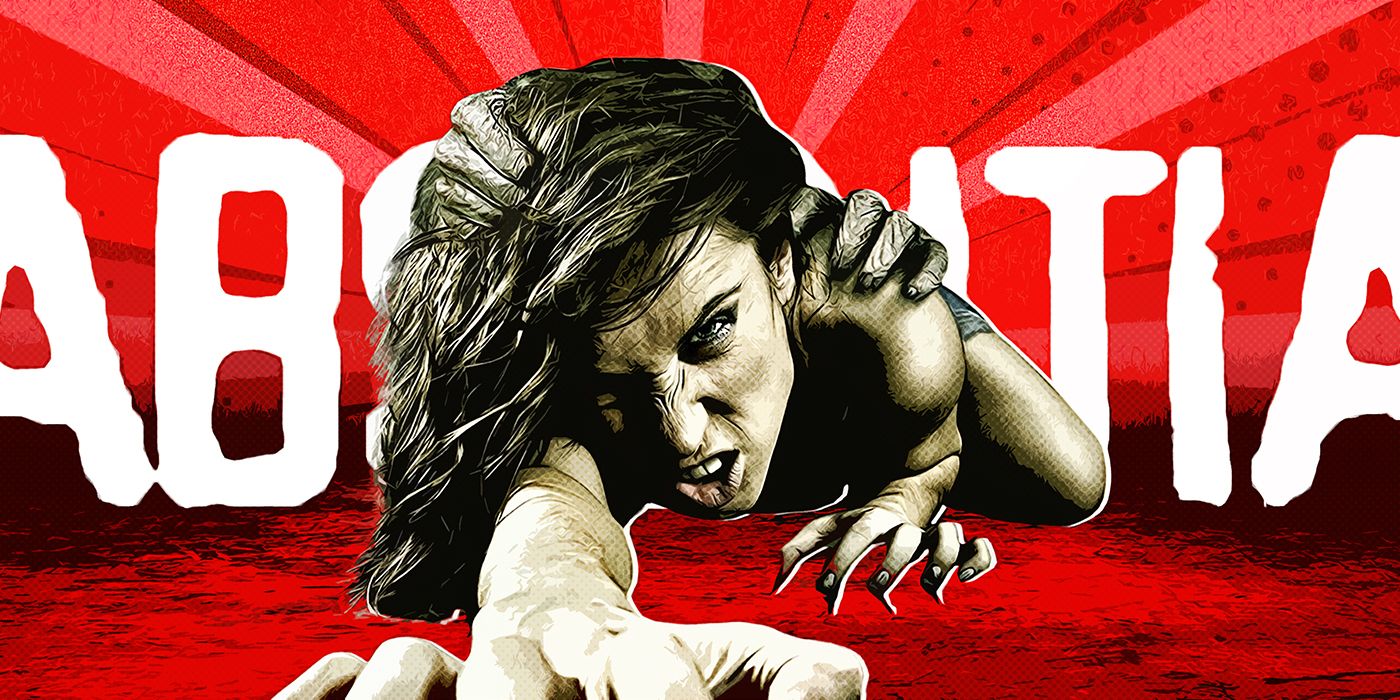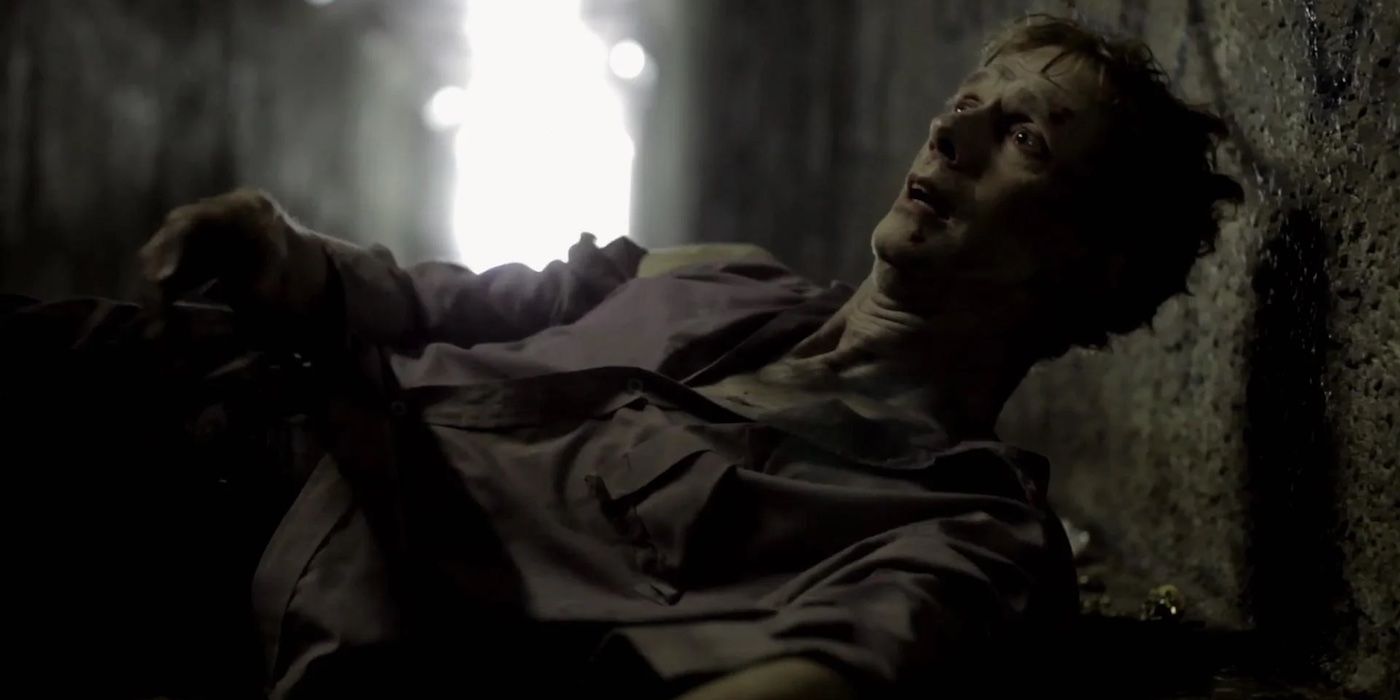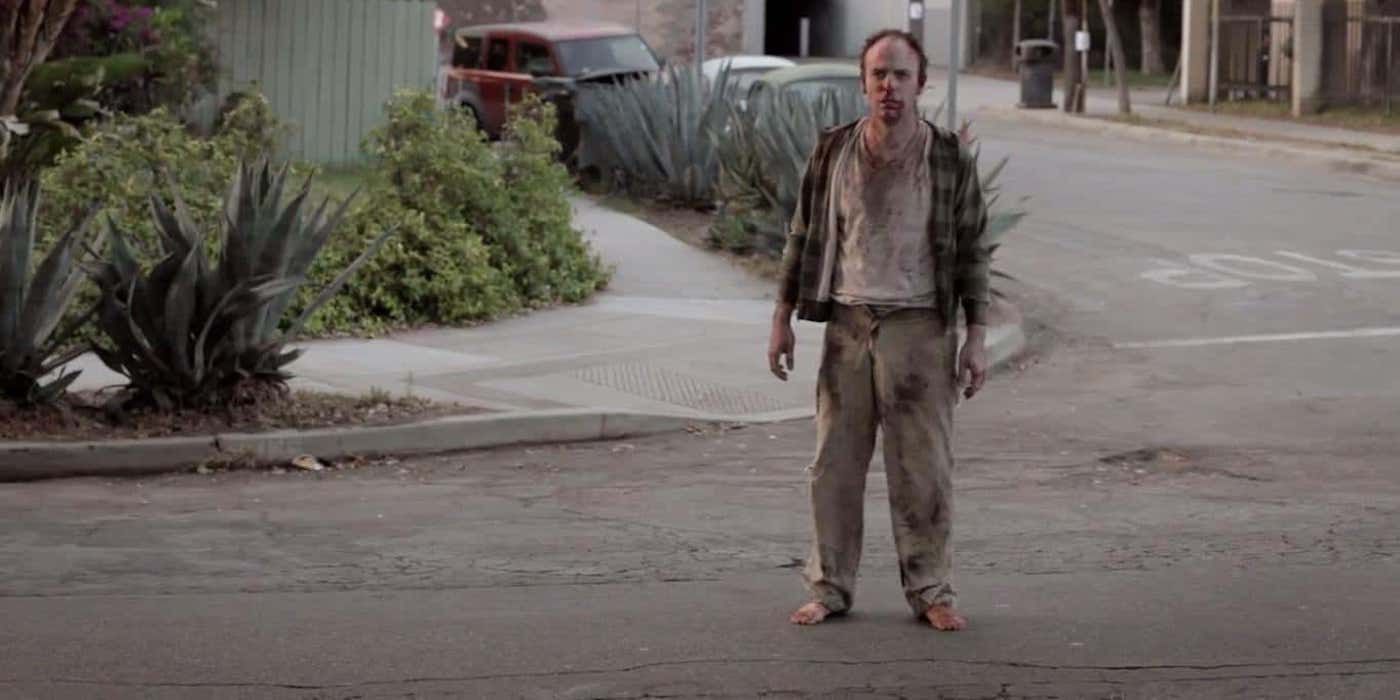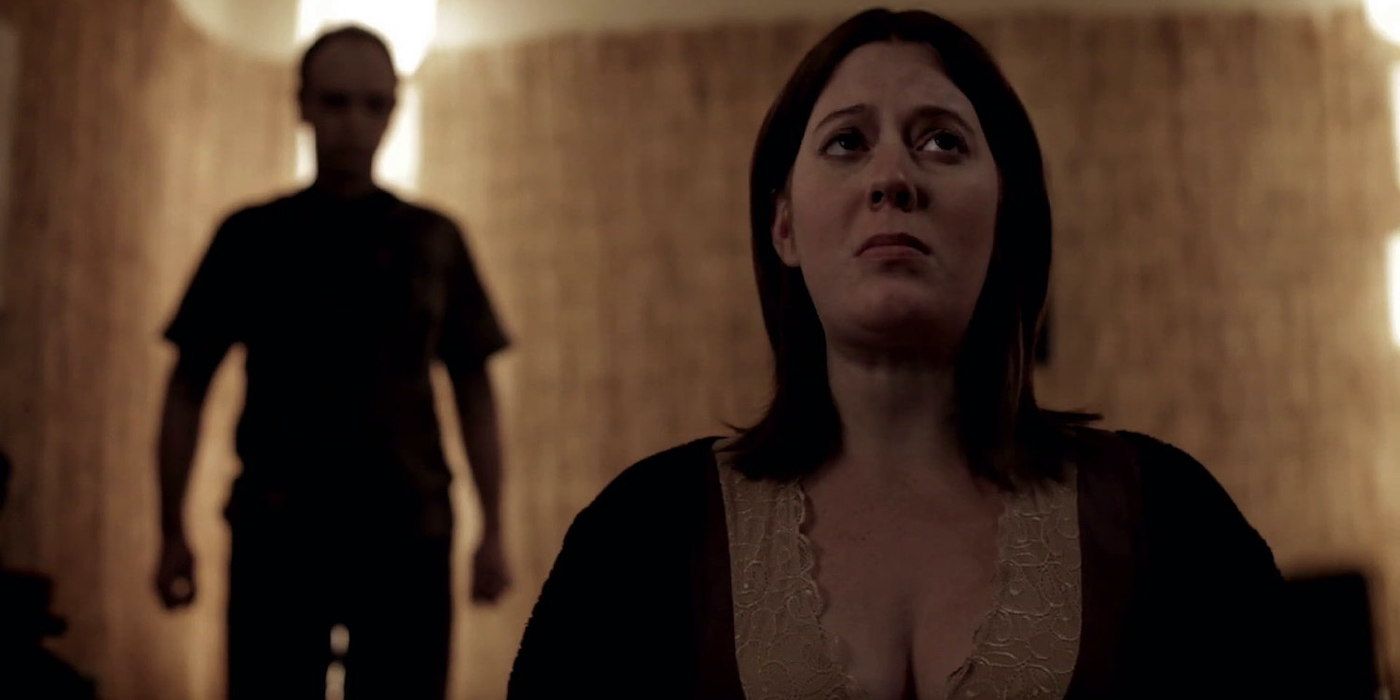Somewhere in between the crowd-pleasing terror of recent studio efforts like Barbarian and The Black Phone and the more comparatively ponderous trauma horror of the A24 camp exists the comfortable-yet-compelling middle ground offered by writer and director Mike Flanagan.
Simply put, Mike Flanagan is one of the most intriguing and formally gifted horror filmmakers we've got. In efforts ranging from spine-tingling early works like Oculus and Hush to more recent and ambitious efforts like his Netflix Haunting shows or Midnight Mass, Flanagan has continued exploring untapped sources of dread, all of which are rooted in some terrible form of banal, everyday loss. The child of a madman grows up to be a cynical wreck of an adult in Doctor Sleep (Flanagan’s underrated sequel to The Shining). A couple adopts a child tormented by nightmares, believing that this act will solve problems in their personal lives (the 2016 chiller Before I Wake). Two lovebirds play a kinky sex game that goes horribly, fatally wrong, exposing a roiling sea of psychic wounds (the Stephen King adaptation, Gerald’s Game). Flanagan’s characters are almost always wrestling with the demons of their pasts. Oftentimes, they’re knowingly fighting a losing battle but they choose to fight anyway.
Before any of these aforementioned works, Flanagan directed the intensely creepy micro-budget feature, Absentia, which serves as a fascinating point of entry into the themes and motifs that he would go on to spend the rest of his career exploring. Even before Absentia, Flanagan was still figuring out his voice, and who he wanted to be as an artist. Born in Salem, Massachusetts (poetic, isn't it?), Flanagan got his start in films via a series of talky, character-driven indie features, 2000’s Makebelieve and 2001's Still Life. These early experiments, though Flanagan has not outright disowned them, seem to bear little resemblance to later Flanagan features such as Ouija: Origin Of Evil and The Haunting of Bly Manor. Absentia, then, is worthy of mention for being Flanagan’s first real brush with the supernatural.
The movie was made on a wing and a prayer, written, directed, and edited by Flanagan on a budget of only $70,000. Much of the budget was crowdfunded via Kickstarter, and shot in the quiet, ordinary neighborhood of Glendale, California. It would be difficult to argue that Absentia is Flanagan’s best or most convincing vision of horror. The movie bears the burden of its formal and financial limitations, though it remains impressive what the filmmakers managed to accomplish given the relatively meager means at their disposal. That said, Absentia is something close to a milestone in Flanagan’s filmography for the thematic ground it covers; essentially, the film serves as an unofficial commencement for the themes of suffering, moral penance, and mental collapse that would go on to blossom and bloom in his later output.
Absentia begins as so many horror, and mystery films do: with the disappearance of a loved one. Callie (Katie Parker) and Tricia (Courtney Bell) are two sisters living in uneasy harmony with one another, carrying the respective baggage of their past into even the most innocuous everyday interactions. Tricia is finally coming to terms with the disappearance of her long-missing husband, Daniel. Callie essentially exists in the story to ensure that Tricia does not come undone in the process of dealing with this horrible loss – that she is able to put the past to bed.
If only it were so simple! Absentia embraces a more engagingly uncanny energy when the movie’s primary conceit – an ominous neighborhood tunnel, weaponized in a similar fashion to the mirror in Oculus – emerges as a primary story point. Daniel, the missing husband, eventually reappears in his wife’s life, only he appears to be carrying the considerable weight of deep-seated mental and emotional damage. Though he’s not actually dead, all the life seems to have left Daniel's eyes. There is also the lingering matter of a ghoulish stranger named Walter Lambert (played by regular Guillermo del Toro collaborator Doug Jones in a truly terrifying supporting role), whose unsettling condition may or may not hold a key to unearthing the reasons behind Daniel’s disappearance.
Absentia as a title refers to an idea that individuals who have been declared deceased are, in fact, still alive and roaming our world in a kind of haze, a limbo that separates the dead from the living. Even when Flanagan opts to not make a film that's explicitly about ghosts, the apparitions of the past nevertheless haunt the lives of his characters every waking hour. Flanagan has teased out and built upon this creative impetus over the years: if anything, his later work has become even more languorous, more patient, as the characterizations that define shows like Bly Manor and Midnight Mass, with their painstakingly composed monologue-soliloquies, begin to feel explicitly novelistic in nature.
Knowing that, a lot of the groundwork that is laid in Absentia is relatively rough. Flanagan clearly lacked the resources he needed at the time to realize the vision he had in his head. The result showcases production value and aesthetic choices that may feel less sophisticated than Flanagan’s later works. Nevertheless, it’s pretty remarkable that Flanagan and his collaborators basically achieved what they set out to achieve, which must have seemed quite daunting when one considers how little they were working with in terms of cost.
In a way, Flanagan’s experience writing and directing low-concept seriocomic character studies early in his career may have helped him prepare for Abstentia's career-upending pivot into all-out horror. One of the most compelling qualities that defines Flanagan’s general approach as a filmmaker – and you see this even in the earliest scenes of Absentia – is that, by the standards of today’s horror journeymen, the man is a bonafide humanist. You actually come to care, in a rather deep, emotional way, about what happens to the characters of a Mike Flanagan show or film – which makes the ignominious fates that inevitably befall them feel all the more wretched and tragic.
Flanagan-heads are now able to get their latest fix from the Netflix horror King. The Midnight Club is now on Netflix, with ten episodes ready to stream just in time for spooky season. Co-created with Leah Fong, The Midnight Club tells the story of eight young hospice patients who gather each night to tell scary stories. An adaptation from a work by young adult novelist Christopher Pike, The Midnight Club offers Flanagan-heads a slightly more whimsical spin on the director's usual formula – and yet, like Absentia, and his subsequent work, it looks to be rooted in the same fundamental, inescapable source of human pain that most of us spend all our time trying to escape from.
Absentia shouldn’t be anyone’s first Mike Flanagan movie, but as a jumping-off point for the narrative obsessions of one of our great living horror storytellers, it is as fine a place to begin as any.




